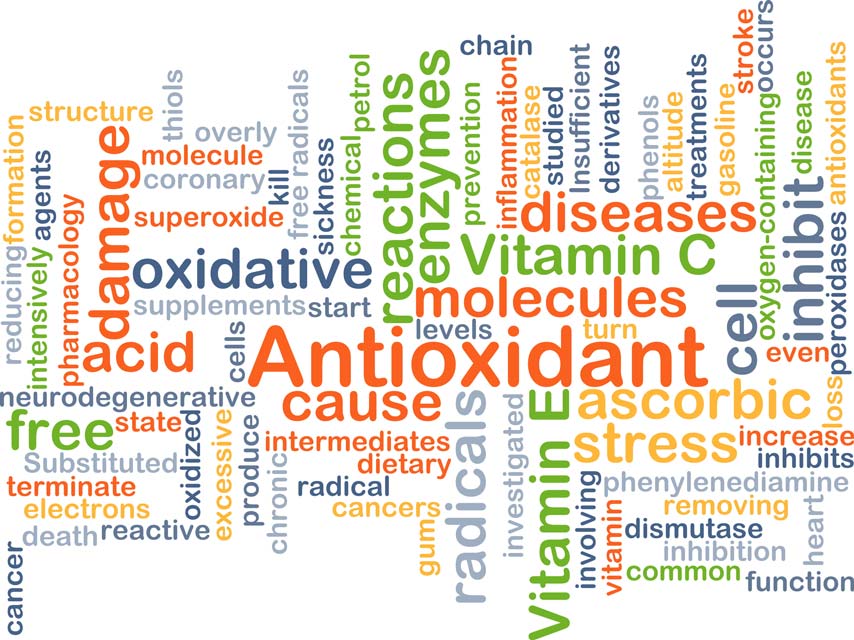Antioxidant Effects of Gotu Kola

Studies show that gotu kola polyphenols (particularly flavonoids) possess high antioxidant qualities that can prevent the oxidative damage to cellular DNA, membranes, and mitochondria that lead to heart disease (and other conditions). Gotu kola scavenges for oxygen-stealing, harmful free radicals and neutralizes them. In terms of cardiovascular health, the antioxidant properties of gotu kola’s bioactive constituents are the primary protective and therapeutic mechanism.1
Another benefit of gotu kola’s antioxidant activity is to block the expression of adhesive proteins that promote the formation of atherosclerotic lesions. Exposure to gotu kola extract or a combination of gotu kola with ascorbic acid, green tea extract, and quercetin for 48 hours during in vitro experiments on human
Improving and maintaining the health of blood vessel walls has a number of other health advantages as well, since strong blood vessels enhance blood circulation. In particular, gotu kola has been shown to stimulate production of collagen and other structural components of blood vessel walls, resulting in increased elasticity of veins and improving blood circulation in legs.35
Research has shown that increasing blood flow to muscles increases their functional capacity, which can in turn counteract the decreased fitness and overall health declines that can occur with aging. In addition, antioxidant’s protective effects on mitochondria improves aging muscle’s ability to use oxygen and helps to maintain function and strength.6
Another muscle that gotu kola’s antioxidant properties may benefit is the heart muscle. After an event that blocks blood supply to an area of the heart, restored blood flow to the heart muscle often causes a whole new set of injuries that appear to be related to the free radicals created during the influx of blood to a previously deprived area.33
This separate injury is called myocardial ischemia-reperfusion, and while it is not completely understood as to how it develops, oxidative damage is a key component. Although the presence of free radicals is normally kept in balance with antioxidant molecules present in the body during normal health conditions, after injury or clinical procedure the body seemingly cannot sustain that balance and oxidative damage occurs.33 Chemotherapy can also cause an increase in free radicals and insufficient antioxidant capacity which can damage the heart.36
produce energy for cellular functions.
cell lines, not on living subjects (animals or humans).
the main artery of the heart.
area previously deprived of blood supply.


